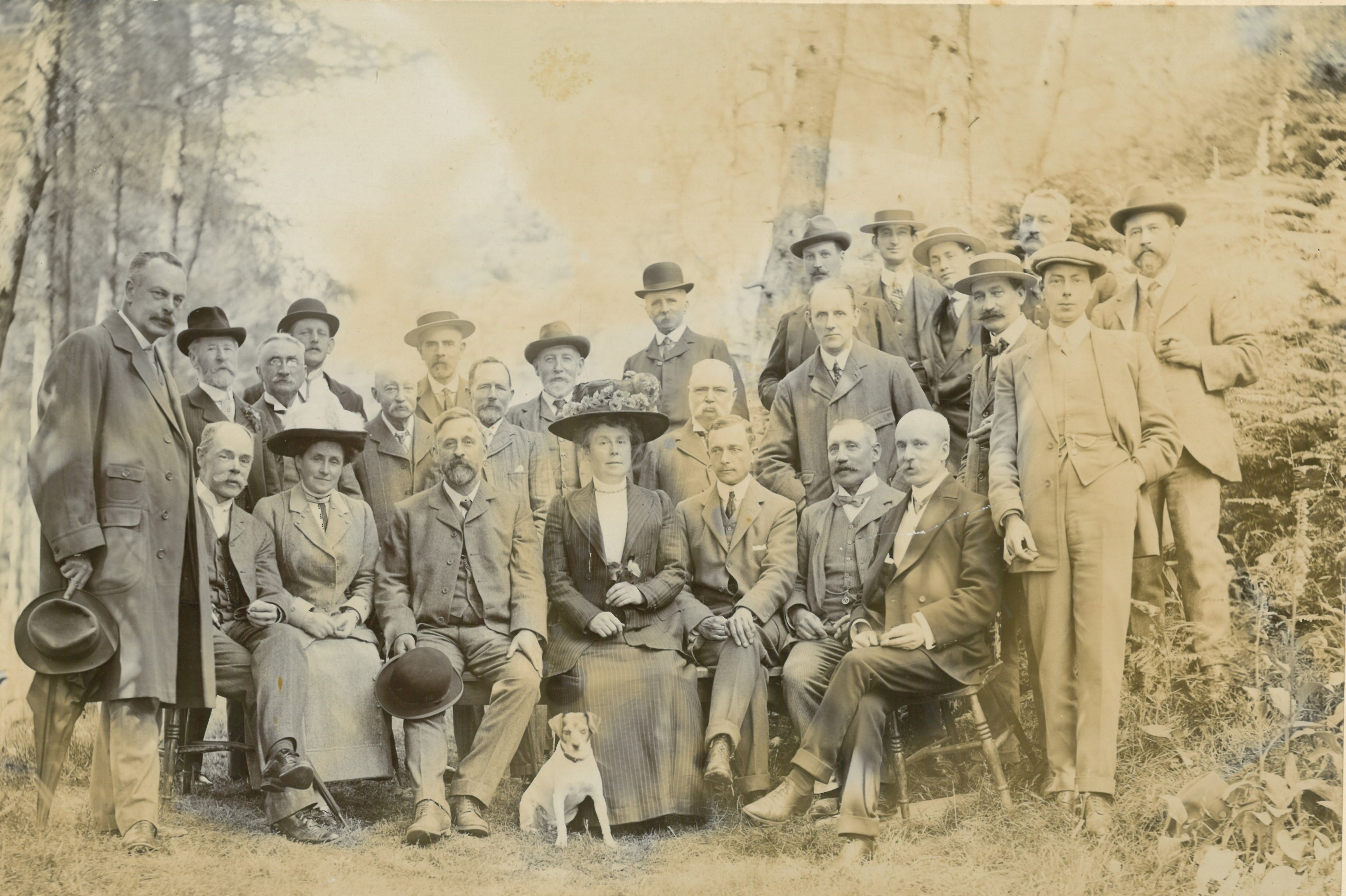INTRODUCTION
The need for a new Act of Parliament
Malvern Hills Trust (working name of the Malvern Hills Conservators) was established in 1884 by an Act of Parliament. The core duties, as set out in the Acts are to preserve the natural aspect of the Hills and Commons and to keep them unenclosed and unbuilt on as an open space for the enjoyment of the public. Over the last 140 years the organisation has ensured that this iconic landscape has been safeguarded for the nation.
Since 1884 there have been four subsequent Acts of Parliament, and in addition some of the Trust's administrative arrangements are set out in other legislation in part dating back to 1847. The world has changed dramatically since the organisation was established and now our ability to conserve this landscape effectively is being stifled by our outdated governance arrangements and they are no longer fit for purpose.
Because the Trust is governed by statute, such changes to our governance arrangements have to be made by Parliament by way of a Private Bill. This was confirmed by the Charity Commission and the Department of Culture Media and Sport in 2020.
The Charity Commission has now given consent for the Trust to proceed with this course of action.
Proposals for a new Act will put in place much needed reforms but certain core principles will remain the same:
- protecting and preserving the Hills as a public open space
- keeping all decision making meetings open to the public
- the right of those who pay the levy to elect trustees to the Board.
A consultation on proposals to update the Trust's governance arrangements took place from the 22nd May to the 22nd July and has now closed. The proposals are still available to view.



